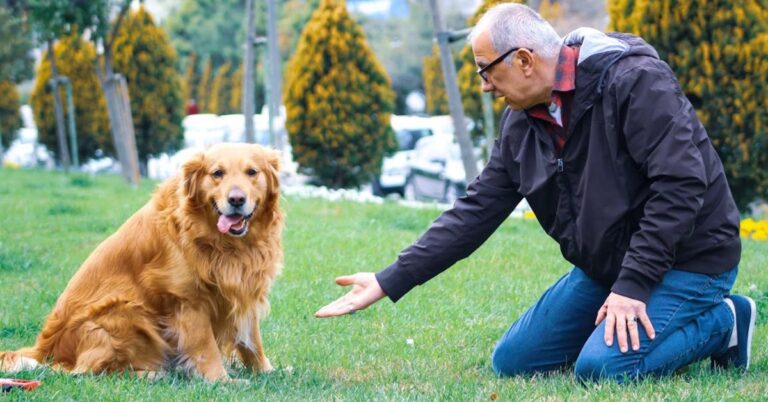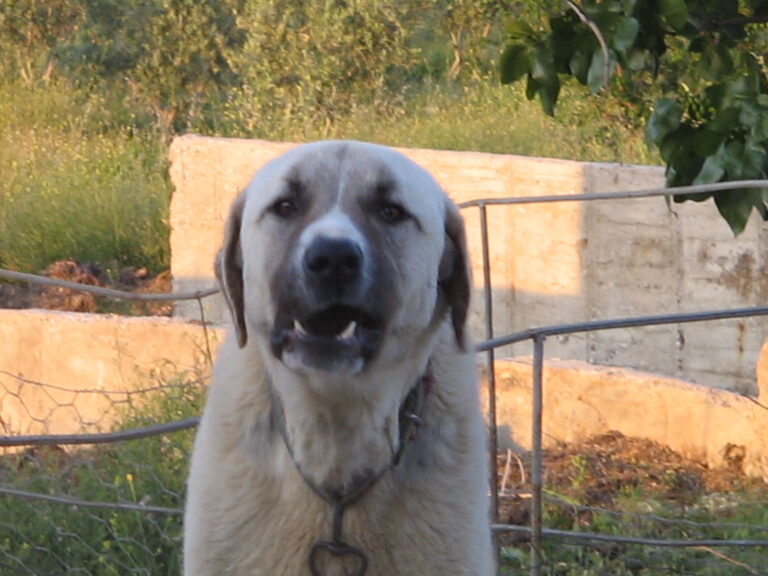15 Ways Dogs Show They Are Lonely

When left alone for extended periods or deprived of interaction, dogs can also experience loneliness, which affects their mental and emotional well-being. A lonely dog may develop behaviors that signal their distress, some of which can be heartbreaking to witness. Here are 15 ways dogs show they are feeling lonely and what each behavior might mean.
Excessive Barking or Howling
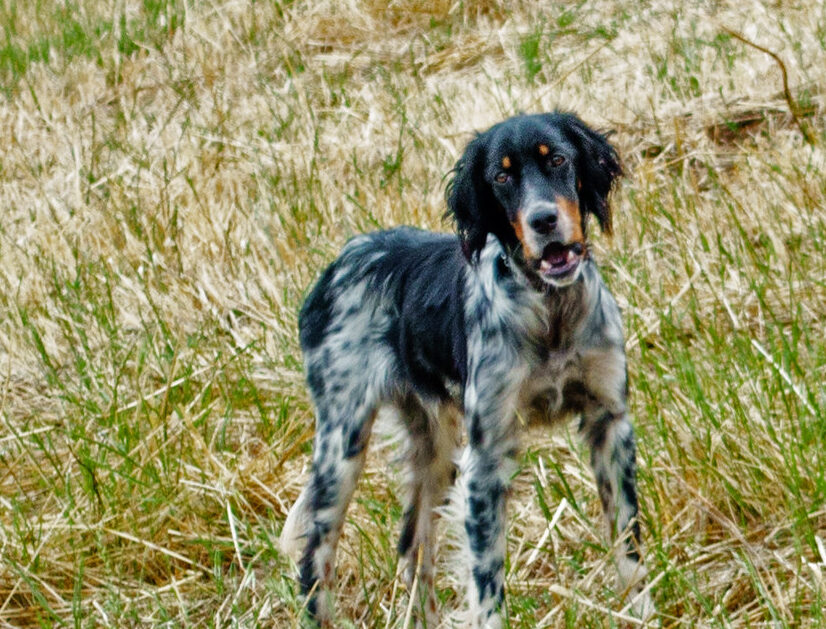
A lonely dog may bark, whine, or howl excessively, especially when left alone for long periods. These vocalizations are their way of calling out for attention or companionship. Some dogs will continue barking for hours, hoping their owner will return, while others may let out long, mournful howls, expressing their sadness and frustration.
Destructive Behavior
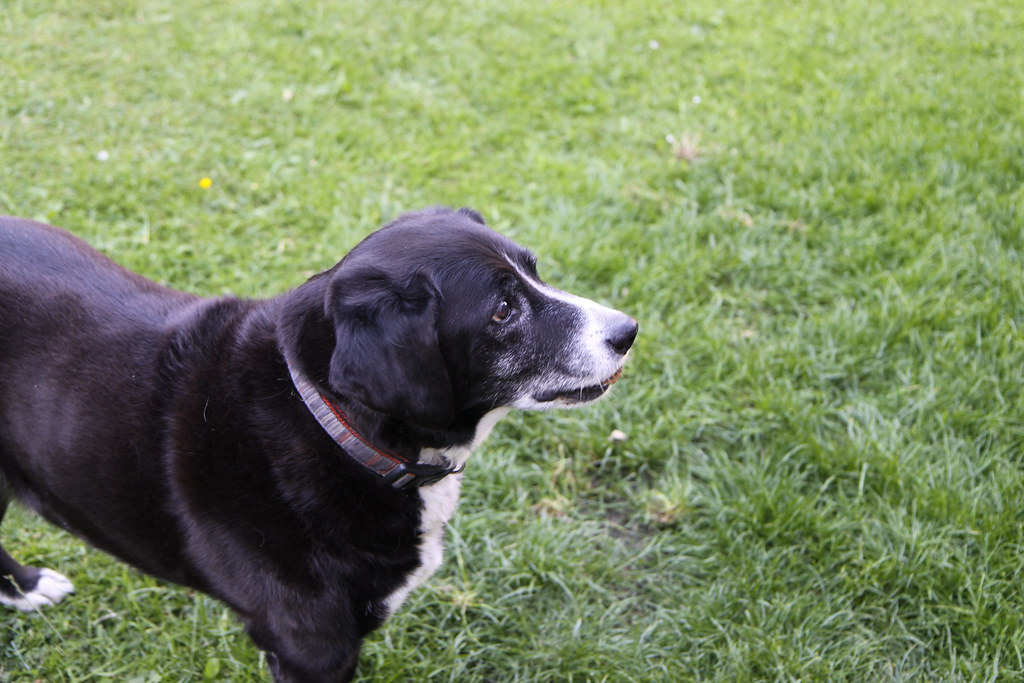
Loneliness can cause a dog to engage in destructive activities such as chewing furniture, tearing up pillows, or scratching doors. This behavior is often driven by frustration or anxiety due to being alone. Since dogs have energy that needs to be released, their boredom and sadness can manifest as destruction, particularly in young or high-energy breeds.
Sleeping More Than Usual

While dogs naturally sleep a lot, a lonely dog may start sleeping excessively, not out of tiredness but out of boredom or sadness. Without enough stimulation or interaction, they may retreat into sleep as a way to pass the time. If a once-active dog suddenly becomes disinterested in their surroundings and sleeps much more than usual, loneliness could be the cause.
Loss of Appetite

Lonely dogs may lose interest in food and start eating less or skipping meals entirely. When a dog is feeling emotionally low, its appetite can be affected, much like that of humans dealing with sadness. If they previously enjoyed mealtimes but now seem indifferent, it may be a sign they are struggling with emotional distress.
Pacing or Restlessness

Dogs that feel lonely or anxious often pace around the house, wandering from room to room in search of their owner or another companion. This restless behavior can indicate confusion, unease, or even frustration about being left alone. If a dog constantly roams the house without settling, they are likely looking for comfort and companionship.
Clingy or Needy Behavior

A lonely dog may become overly attached, following their owner everywhere and refusing to be left alone. They may constantly seek physical closeness, pressing against their owner, pawing at them, or whining for attention. This heightened attachment is a clear sign that they crave affection and reassurance to ease their loneliness.
Ignoring Commands or Acting Stubborn
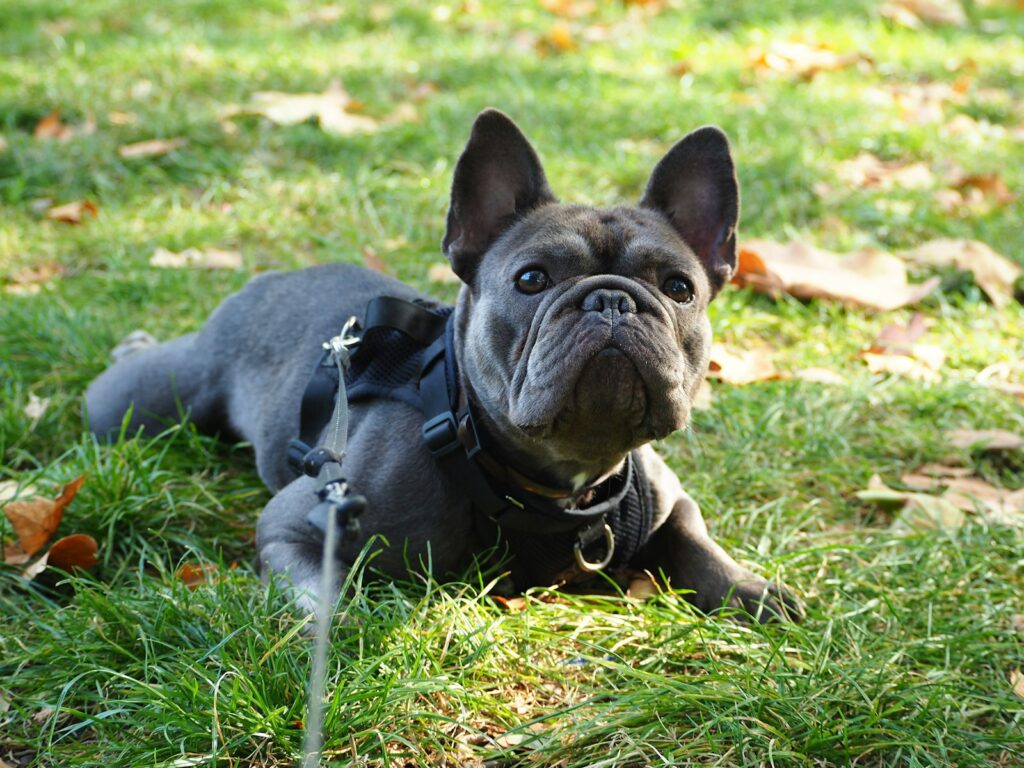
Dogs that feel emotionally neglected may start ignoring commands or behaving stubbornly. They might refuse to come when called, hesitate before responding to cues, or deliberately disobey. This behavior isn’t necessarily out of defiance—it’s their way of expressing distress or showing that they feel disconnected from their owner.
Licking or Chewing Themselves Excessively

Some lonely dogs develop compulsive behaviors, such as excessive licking or chewing their paws. This repetitive action can serve as a self-soothing mechanism, helping them cope with their sadness. However, if left unchecked, it can lead to sores, hair loss, or infections, making it important to address the root cause of their distress.
Acting Depressed or Withdrawn

A lonely dog may show signs of depression, such as avoiding eye contact, keeping their head and tail low, or lying in a corner instead of interacting with their surroundings. If they seem disengaged from activities they once enjoyed, like playtime or walks, it’s a strong indication that their emotional well-being is suffering.
Overreacting When Someone Comes Home

A dog that becomes overly excited when their owner returns home may have been struggling with loneliness in their absence. They might jump up, bark excessively, run in circles, or even cry out in joy. While it may seem endearing, this extreme reaction often reflects the emotional distress they experienced while alone.
Destroying Their Own Toys

While chewing is a normal canine behavior, lonely dogs may destroy their own toys out of frustration. Instead of simply playing, they might rip apart their stuffed animals, tear their bedding, or shred their blankets. This type of destructive play can indicate a deeper emotional struggle as they vent their pent-up stress.
Refusing to Play

Play is usually a key part of a dog’s daily routine, but a lonely dog may lose interest in toys, fetch, or interactive games. If they seem disengaged even when their favorite toys are offered, it may mean they are emotionally withdrawn. A dog that refuses to play is likely feeling disconnected from their environment.
Wandering Aimlessly Around the House

Dogs searching for companionship often wander aimlessly, walking through rooms, sniffing around, or staring out windows. They might check familiar spots where their owner or another pet used to be, hoping for interaction. This behavior is common in dogs left alone for long hours or those grieving the loss of a companion.
Becoming More Vocal Than Usual

Some lonely dogs express their sadness through unusual vocalizations, such as sighing, groaning, or soft whining. While some dogs bark out of frustration, others let out low, sorrowful noises as a sign of their emotional pain. If a quiet dog suddenly becomes vocal without a clear reason, loneliness might be affecting them.
Seeking Comfort in Objects or Sleeping in a Different Spot

Lonely dogs may seek comfort by sleeping in their owner’s bed, curling up on their clothes, or resting in areas that smell familiar. They may also move to new, hidden sleeping spots, preferring solitude when they feel emotionally vulnerable. If a dog suddenly changes their sleeping habits, they may be struggling with loneliness.

